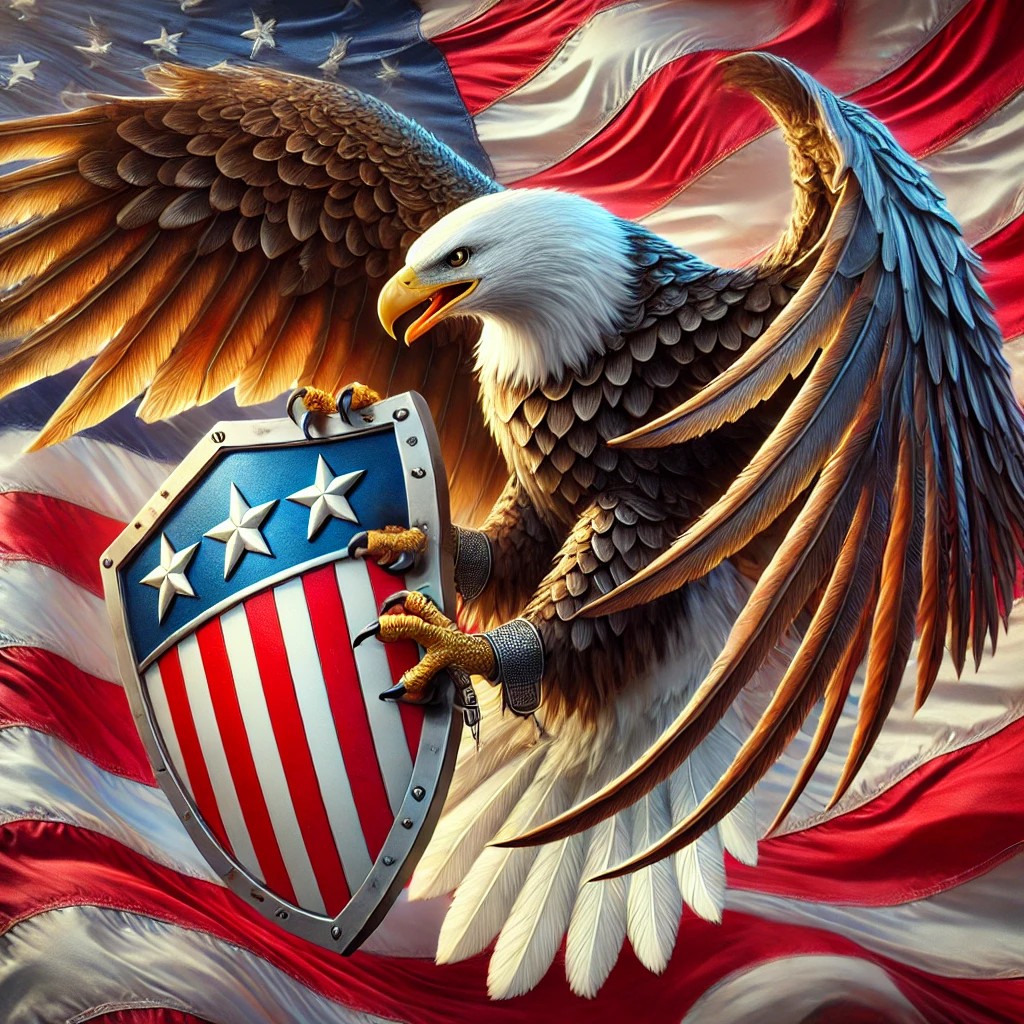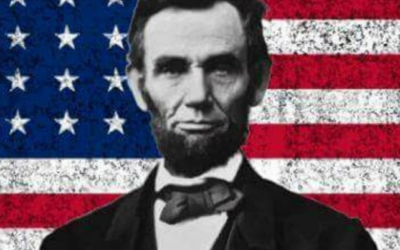Path-Goal Theory: A Path to Effective Leadership in Four Dimensions
Robert Garrison
18 November 2007
Abstract: The Path-Goal Theory of leadership focuses on how leaders match their leadership styles to their subordinates’ motivational needs. There are four different leadership styles associated with this theory, (directive, supportive, participative and achievement-oriented). This paper will explain how each of these styles work, the theory’s strengths and weaknesses, and a real-life example of how the theory is used. For this paper, I am using our textbooks for this course, a website that gives a summary of the theory and a definition of the theory from businessdictionary.com.
The Path-Goal Theory of leadership focuses on how leaders match their leadership styles to their subordinates’ motivational needs. There are four different leadership styles associated with this theory, (directive, supportive, participative and achievement-oriented). This paper will explain how each of these styles work, the theory’s strengths and weaknesses, and a real-life example of how the theory works. The Path-Goal Theory was first proposed by Evans, House and Dessler in the 1970’s. The theory is a “leadership concept that the subordinates accept a leader’s behavior only so far as they view it as resulting in immediate or future benefit. Thus, a leader‘s main function is to ‘clear a path‘ to the realization of the subordinates’ goals; he or she must choose the behavior patterns that are most applicable in helping the subordinates get what they want.” (businessdictionary.com) Rather than focusing on leaders and subordinate’ development levels, the Path-Goal Theory focuses on leadership styles and matching that style with the characteristics of the subordinates, their motivational needs and the work environment. If the leader is successful in using the theory, they will increase the production level and performance outcomes of their workers. Two of the theory’s major strengths are: It provides a leadership model that uses four different variables and it’s also very practical. Two of its major weaknesses are: It is very complex and sometimes confusing and it does not fully explain the relationship between leader behavior and subordinate motivation levels, (paraphrase of Northouse, 2007).
The theory focuses on four different styles.
1. Supportive leadership
Considers the needs of the follower, showing concern for their welfare and creating a friendly working environment. This includes increasing the follower’s self-esteem and making the job more interesting. This approach is best when the work is stressful, boring or hazardous.
- Directive leadership
Telling followers what needs to be done and giving appropriate guidance along the way. This includes giving them schedules of specific work to be done at specific times. Rewards may also be increased as needed and role ambiguity decreased (by telling them what they should be doing).
This may be used when the task is unstructured and complex and the follower is inexperienced. This increases the follower’s sense of security and control and hence is appropriate to the situation.
- Participative leadership
Consulting with followers and taking their ideas into account when making decisions and taking particular actions. This approach is best when the followers are expert and their advice is both needed and they expect to be able to give it.
- Achievement-oriented leadership
Setting challenging goals, both in work and in self-improvement (and often together). High standards are demonstrated and expected. The leader shows faith in the capabilities of the follower to succeed. This approach is best when the task is complex. (All style descriptions taken from changingminds.org).
After completing the Path-Goal Theory Questionnaire, I discovered that I was above average in the directive and achievement-oriented aspects of the theory and fell within the average in the supportive and participative aspects. I am indeed very direct in indicating what I expect from the people that I ask to help me with different tasks. Some may say I’m bossy, especially when I’m overstressed, but I am getting better at being more polite. I am very driven by goals and completing them and can get very upset when those goals are not met by my self-imposed deadlines. My most pronounced leadership traits are: I am organized, articulate, perceptive, self-confident, persistent, determined, trustworthy, dependable and ethical. As a follower, I prefer someone who is direct in giving me clear and detailed directions, without being intimidating, someone that is supportive and who clearly values my input in decision-making. I often think of myself as being similar to the character of Lisiel in The Sound of Music because I often “need someone older and wiser telling me what to do.” However, I also want someone who is persistent and keeps me on task and who doesn’t change directions at the last minute.
My model of motivation is drawn from the inspirational aspect of transformational leadership. When I am passionate about an issue, I seem to talk about it until I translate that passion to other people. I have also been told that I inspire confidence. I am also motivated by leaders with position power, particularly those with reward and coercive (punishment) power. When I know that there are negative consequences for not doing something, I am more inclined to do it.
I know that my people skills need to improve. I need to be nicer and show that other people’s opinions matter to me and I need to be more receptive to constructive criticism instead of getting defensive about it. I need to show that I am interested in team members outside of the work environment and becoming friendlier toward them. I do look out for their health and well-being for the purpose of the work that they do for me, but I’m not very interested in small talk or fellowship, because I am so driven by passion and the goals that I set out to achieve that I ignore building friendships without meaning to. Being an only child probably has a lot to do with it. When friends would come over to play, it was always “my way or the highway” and I didn’t want to do the things they wanted to do and they soon stopped coming over because I was too bossy. Part of the reason that I am perusing an online education is that I have no interest in sharing a dorm with anyone and I don’t want to be away from my parents that long. I have a very close-knit circle and I don’t open up that circle very often. My motivation skills seem to be doing fine, I have enough passion to encourage the members of any group that I am leading to press on with what I want us to accomplish together. I do need to raise my level of the support and participative styles of the path-goal model and will also utilize the leadership grid that is used in the style approach to leadership and try to improve from a 9.1 (Authoritative-compliant) to a 5.5 (middle of the road management with a more balanced approach in both task completion and interpersonal relationships). As for a timeline, I’ll aim to improve myself significantly in ten years’ time. Perhaps more schooling, especially a class in leadership ethics and etiquette would be beneficial. I have a perfectionist streak and always try to improve myself.
In conclusion, the Path-Goal Theory is a set of leadership styles that leaders can use to forge a “path” for their subordinates to meet the “goals” of the organization or institution that they work for. It has four different styles associated with it: Directive, supportive, participative and achievement-oriented. These different styles make it very easy and practical to diagnose where subordinates are at in their level of commitment and it’s prescriptive in what leaders need do to push their workers further down that path to reach those goals. I have found the study of this theory to be very enlightening and will use its features to push myself toward the future of my dreams!
Works Cited
- Northouse, Peter C. (2007) Leadership: theory and practice. Thousand Oaks, CA. Sage Publications.
- Baldoni, John (2005) Great motivation secrets of great leaders New York, NY. McGraw-Hill
- Straker, David “Path –goal theory of leadership.” Retrieved on 17 October, 2007 form: http://changingminds.org/disciplines/leadership/styles/path_goal_leadership.htm
- “Path-goal theory” businessdictionary.com. Retrieved on 17 October, 2007 from: http://www.businessdictionary.com/definition/path-goal-theory.html




